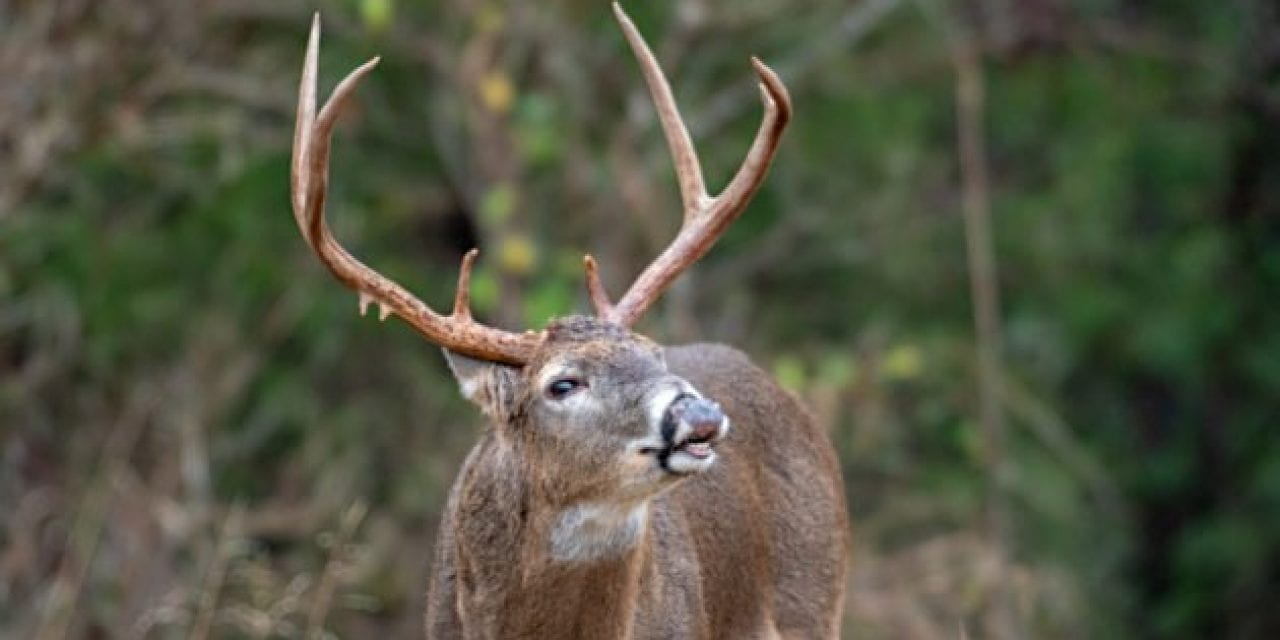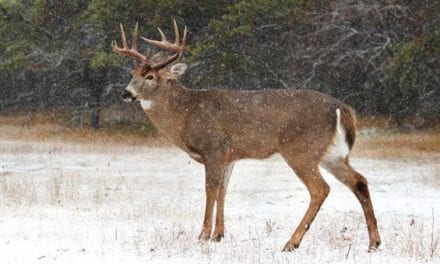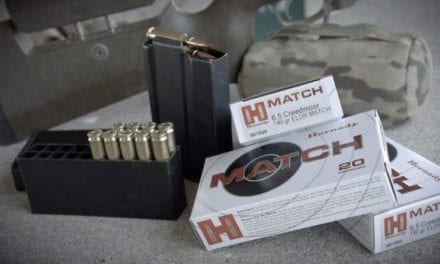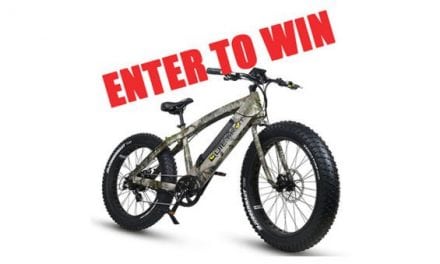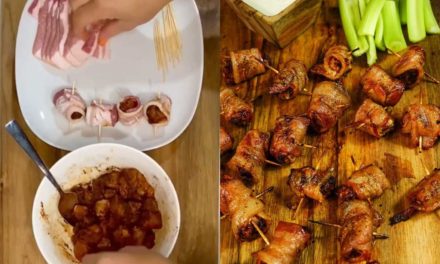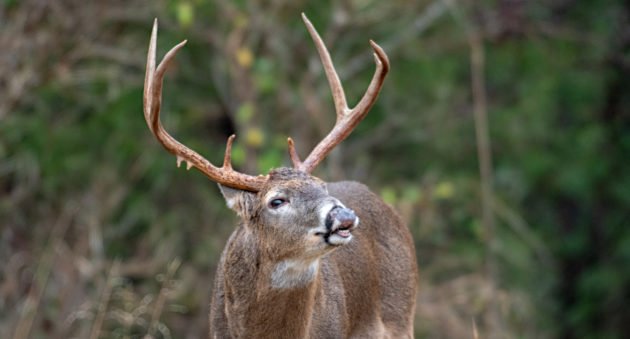
Here are the things you should look for in pre-season deer scouting.
It may be the off-season and it may seem like the first archery deer hunting seasons are months away, but it will be here before you know it. Now is the time to start scouting for deer and selecting stand locations. Successful hunters know this and that is why they put so much emphasis on post season scouting.
Today’s article is geared more towards newer hunters who are not sure what to look for in their scouting efforts, but it should serve as a good refresher on deer activity and behavior for veterans too. This is geared mostly towards whitetail deer, but some of our scouting tips here apply to mule deer and blacktails too.
These are some of the most important things to look and take into consideration for when scouting for deer sign before the season each year.
Food sources
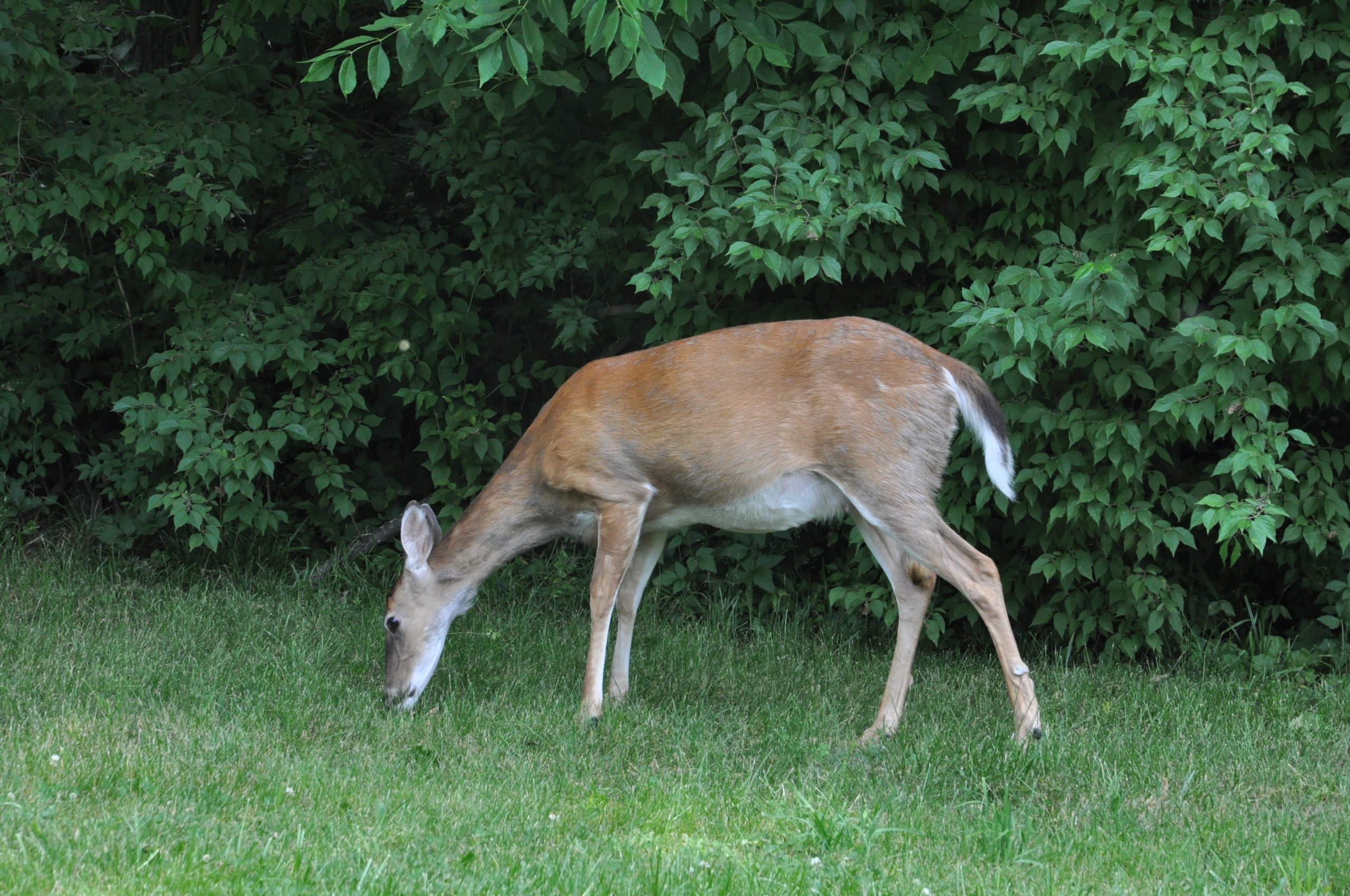
The key to almost every good hunting spot is a source of nutrition for the deer. Whether that spot is natural forage like acorns or a huge agricultural field of beans or corn, these spots play heavily into deer travel routes at any time of year. During the rut, most bucks are not going to be interested in feeding, but where the does go, the bucks follow. Feeding areas tend to play into hunting more heavily in the late season when these spots start concentrating deer that have survived the hunting pressure of the earlier seasons. At that point, they are just trying to fill their bellies enough to get them through the winter. In the early season, food plots are a great place to catch bucks off-guard. The hunting pressure is not on yet and in the pre-rut, they will sometimes throw caution to the wind and enter open areas in hopes of finding the first hot doe.
Even if you do not hunt directly on a food source, look at your hunting area and the food sources in Google Earth. In most areas, the detail with this technology is now fine enough that you can clearly see the travel corridors and how deer are relating to these areas. Look for deer trails where cover or water funnels the animals through only one passable place. These hotspots are ideal tree stand locations because they will bring a steady stream of deer past your location and hopefully, a shot at that mature buck.
In the summer months, food sources are an ideal place to set up trail cameras to take stock of the herd. That is because a buck’s antlers grow fast and they need a lot of nutrients to feed this fast-growing bone. For newer hunters, this can be the best way to get a look at a big buck before the season starts. Find a heavily-used field and then use a spotting scope to glass it at a distance in the evenings just before dusk. This is the best time to catch a glimpse of a bachelor group of bucks. Just remember that the deer you see in a field in summer may not necessarily be there during the season. However, it is a good indicator of the health of the deer herd in your area.
Tracks
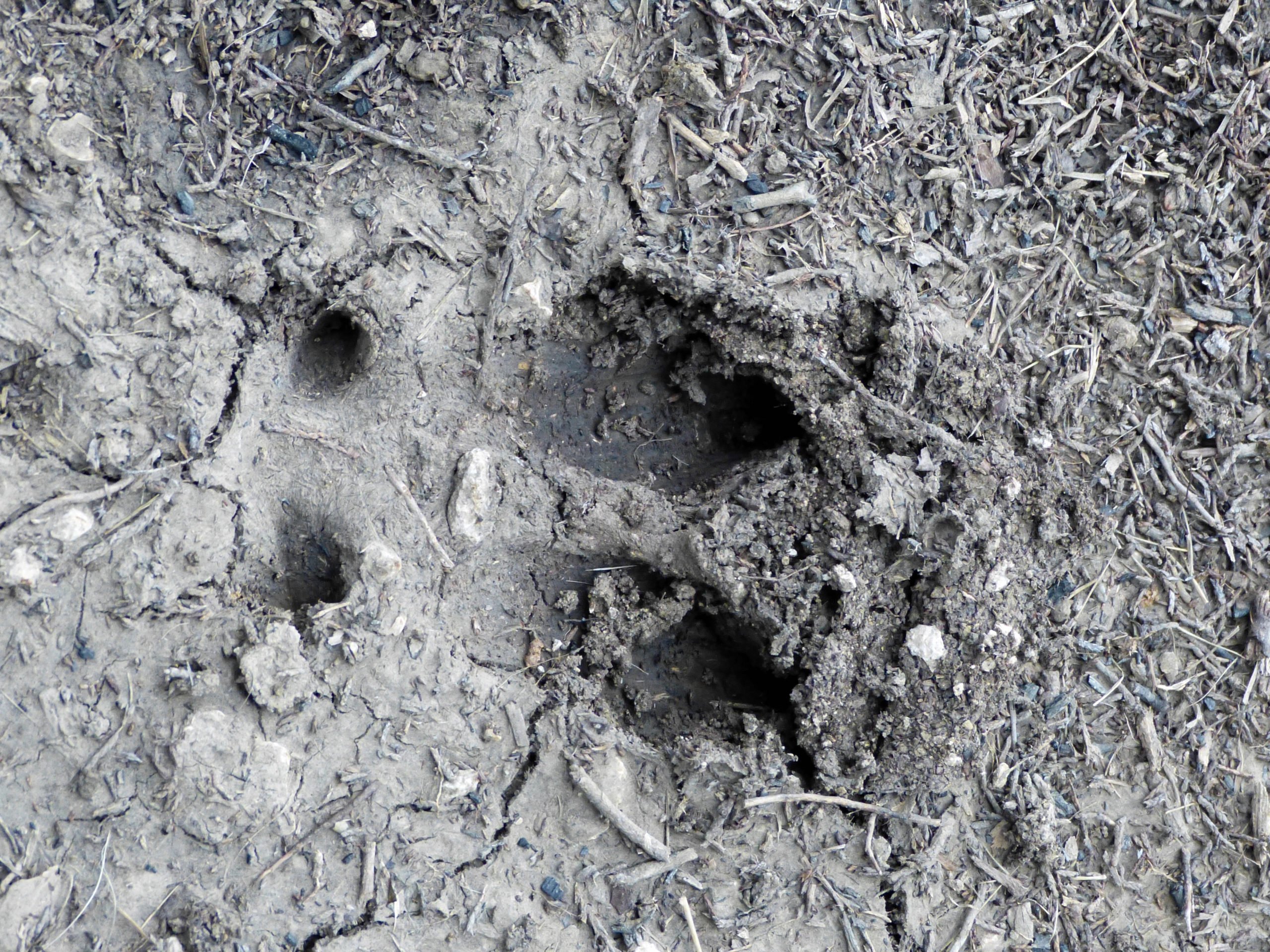
This may seem obvious, but an abundance of tracks, or lack thereof, are sometimes overlooked on scouting trips because hunters get distracted by scrapes and rubs (more on those later). It can cause issues because a buck that is just passing through a spot may leave a ton of sign and then never return, leading you to waste tons of time in an unproductive spot. Usually, if the area is being actively used by many deer, you will see it in tracks. I personally prefer to scout after a rain or just before snow melts. The fresh tracks will be sharp and distinct in the soil or snow and will give you a clear indication about how heavy deer movement is in each area. If you find a trail in the snow that is completely mud from being tracked up all the time, odds are you found a deer highway and a solid area to start looking for stand placements.
A quick tip for the newbie hunters here. You will hear many old timers go on about how a track with splayed toes and a dew claw present is a “buck track.” This is something of a misnomer. It could be a buck track, but it could also be a doe running hard and fast. Or the ground could just be super soft and the deer’s feet sunk in. If a deer really digs its feet hard into the earth to pick up speed, its toes are going to spread and give that “splayed” look. Remember that both bucks and does have dew claws, so that is not a good indicator either. Are larger tracks more likely to be from bucks? Yes, but do not use that alone as an indicator. I have shot some large, old does with some rather large feet over the years that could easily make the same kind of track.
Just know that fresh tracks are an indicator that deer are actively using an area. Once you find tracks, it is time to look for other signs that indicate whether deer are hanging out in an area or simply passing through on their way to another.
Deer Scrapes
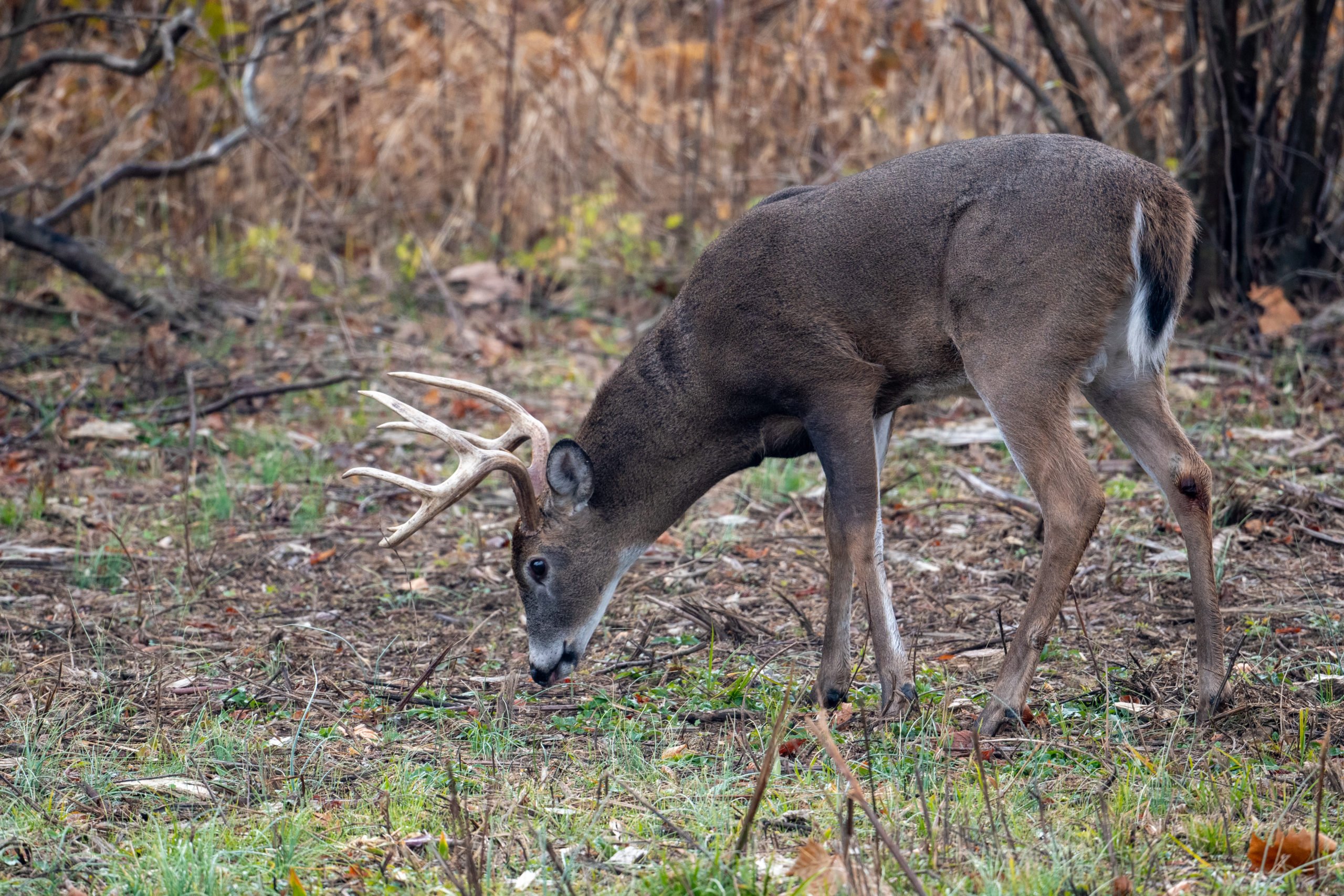
Many newer hunters get confused about the difference between a scrape and rub because the two words have a similar connotation. Just remember that a scrape is when a buck paws up the soil on the ground, creating a bare patch of soil, which he urinates in to make his presence known to other deer. Bucks will also snap a branch above the scrape that often hangs down like a big neon sign saying: “There was a buck here!” Bucks will spread more scent all over this branch by licking it, rubbing their face on it, and racking it with their antlers.
Scrapes are primarily buck sign, but are still somewhat of a mystery to most scientists. We do know they are a way of deer communication. Scrapes are generally thought to be a way of marking a buck’s territory. Does will also regularly visit scrapes and lick the branch above it. I have hundreds of trail camera photos of this behavior myself. However, It is not certain if that is just a way for does to communicate to the bucks that they are in the area or if there is some other deeper deer meaning to it that we humans simply cannot understand.
When it comes to scrapes, continued observation is key. Bucks will make scrapes anywhere and everywhere, but some of them are one-offs, never to be visited again. Look for scrapes that are refreshed every time you visit. A trail camera is a good for deer hunters way to determine if a scrape is worth spending time on. Time stamped photos allow you to see exactly how often and at what times the buck is visiting. Pay close attention to this data. It can help you develop patterns that allow you to harvest a big buck over that scrape.
Rubs
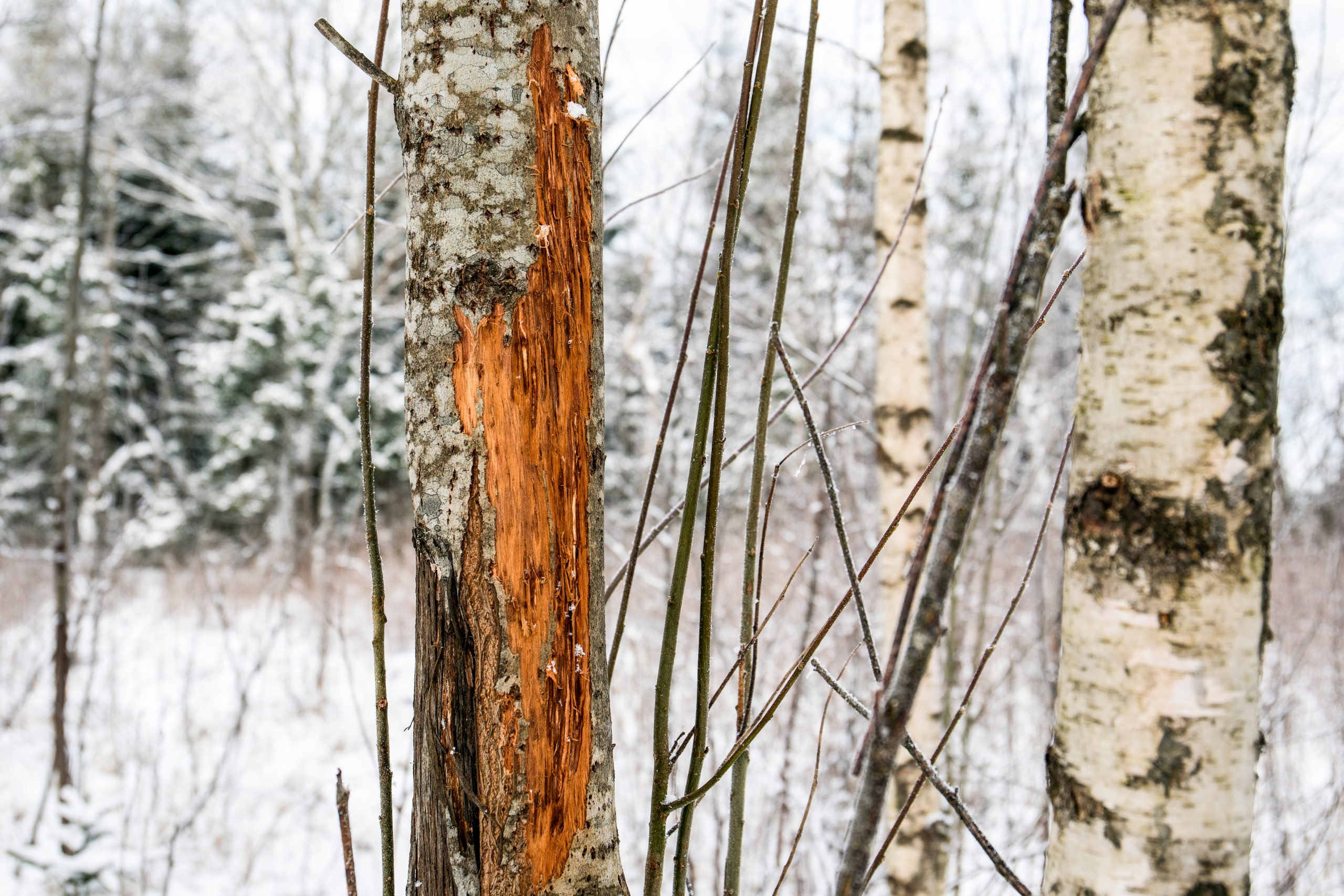
This is one of the biggest signposts a buck was in the area. Every fall, bucks will rake their antlers on trees. Often, they will peel the bark clean off, leaving a clear indicator they were in the area. Bucks rub trees for many reasons. In the early season, rubbing helps bucks peel and shed the velvet off their antlers. However, rubs serve as another way for a buck to mark his territory. Just be aware that like scrapes, some rubs may get worked over by multiple deer.
In the fall, bucks get so juiced up on testosterone before the rut that rubs are also sometimes made simply to vent frustration. Seven years ago I shot a gnarly 10-pointer on the opening day of Michigan’s firearms deer season that had been rubbing trees so hard that it looked like he had sawdust on his head and antlers with all the bark that was on it. Some of that bark is still in the antlers on the European mount to this day. That buck clearly had a lot of pent-up aggression!
It is not uncommon to find rub lines with dozens of trees torn apart on food plots and in clearcuts. While these are a good indication that bucks are in the area, do be wary about hunting them. Many gun and bowhunters will find better success hunting the trails that lead to these areas than hunting directly over the rubs themselves. Bucks do not re-visit rubs as often as they do scrapes. Also make sure you can tell the difference between a fresh rub and an old one. Older rubs will be grey and dry-looking. Newer ones will be more white or yellow depending on the tree species. If you find an old rub line in the off-season, do not discount it completely. Mark it with your GPS or on your topo map and make a point to check it again once the pre-rut starts to see if it is still being used.
Bedding areas
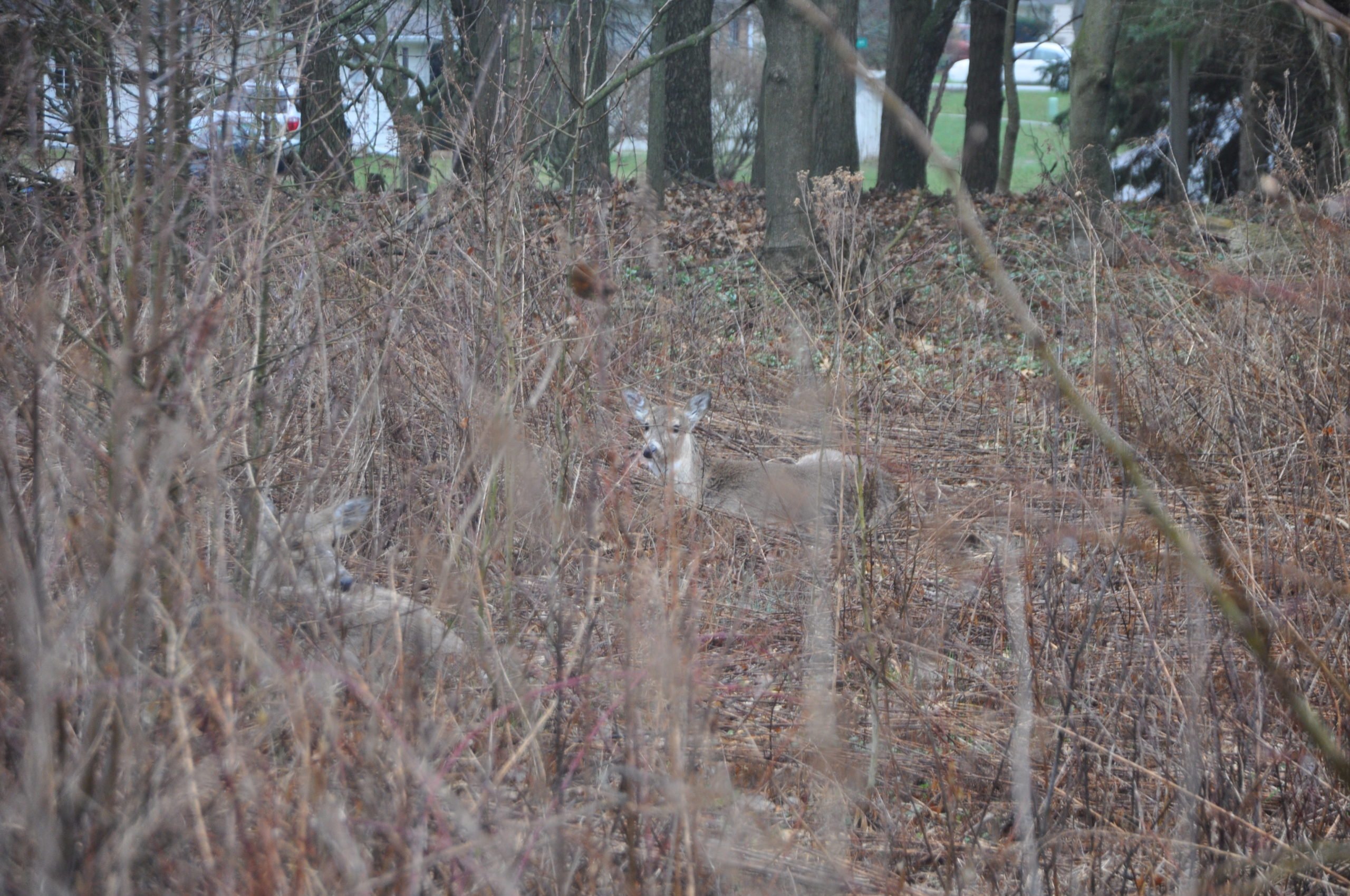
The easiest way to find a bedding area is to go out right after a fresh snow. The deer-shaped impressions in the snow are dead giveaway that this is where the deer are resting. One thing almost every bedding area has in common is cover. It may be downed trees, rocks or simply heavy grass. These are areas where deer go to hide and rest. Most of the time, they are close to food and water sources, especially in the late season when deer are just trying to survive the winter. They do not want to expend a ton of energy getting back and forth, which means you should not have to look long. If you do not know where the deer are bedding, observe satellite views of your hunting area. Often a convergence of trails will make it obvious. If you still cannot figure it out, try backtracking a deer trail from the food source.
One thing to keep in mind about bedding areas is that these areas are sanctuary for the deer. You should avoid entering them as much as possible. Because deer will know it if you enter these areas. The idea here is to create a “safe space” for the deer to go when hunting pressure is on. Where would you rather that space be? Your land or your neighbors?
Knowing where the bedding area is in relation to the other sign and deer-holding features we have talked about here can help you set up effective ambush points for the deer as they make their way back and forth from feeding to bedding. While we advise against entering bedding areas, that does not mean you cannot monitor them. Find the main trails the deer are using to get to them and set up your trail cameras there.
For more outdoor content from Travis Smola, be sure to follow him on Twitter and check out his Geocaching and Outdoors with Travis YouTube channels.
NEXT: THE AXIS DEER AND HOW THEY ARE IMPACTING PARTS OF THE UNITED STATES
WATCH
The post 5 Basic Things to Look for When Scouting Before Deer Season appeared first on Wide Open Spaces.

